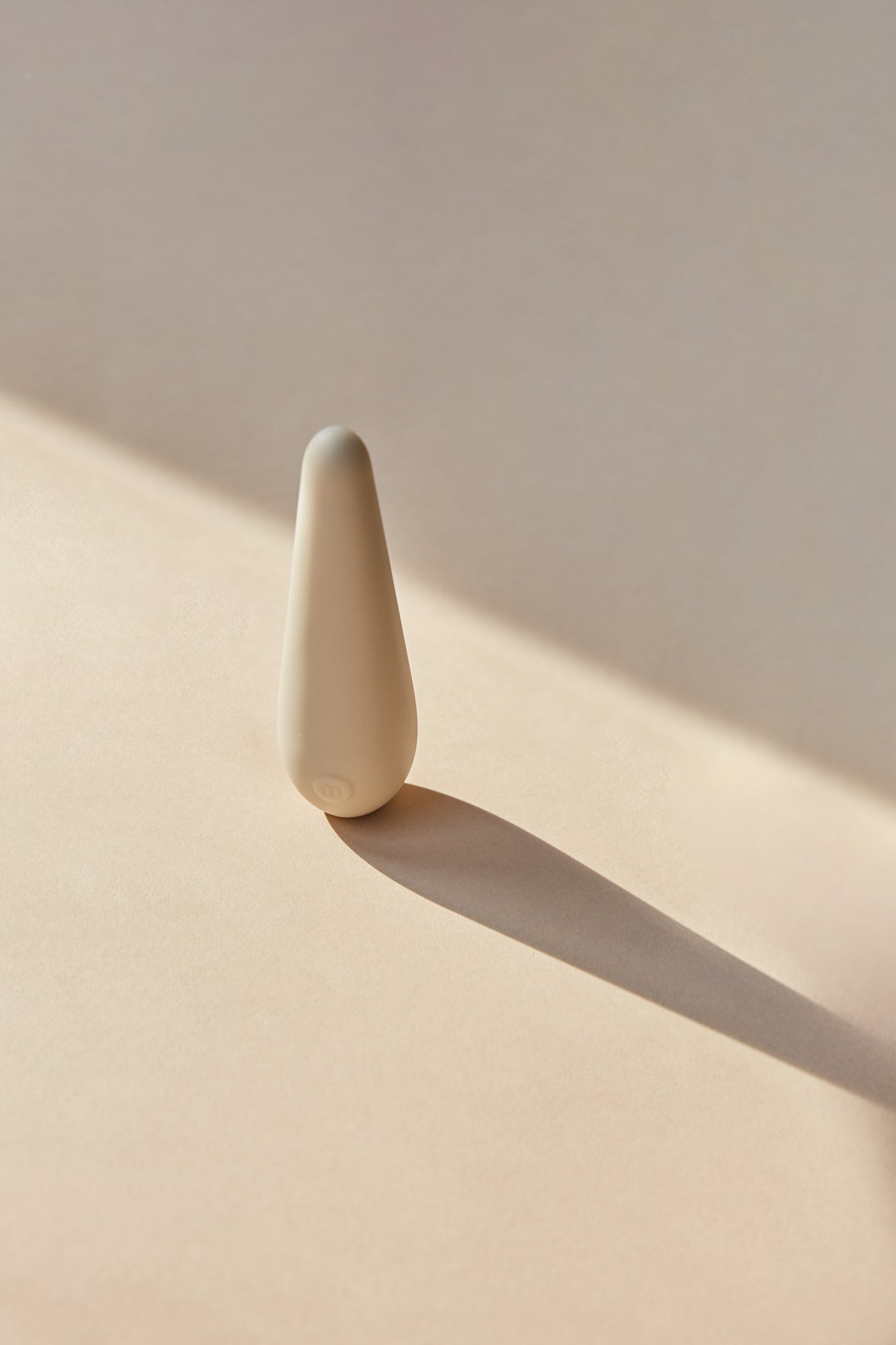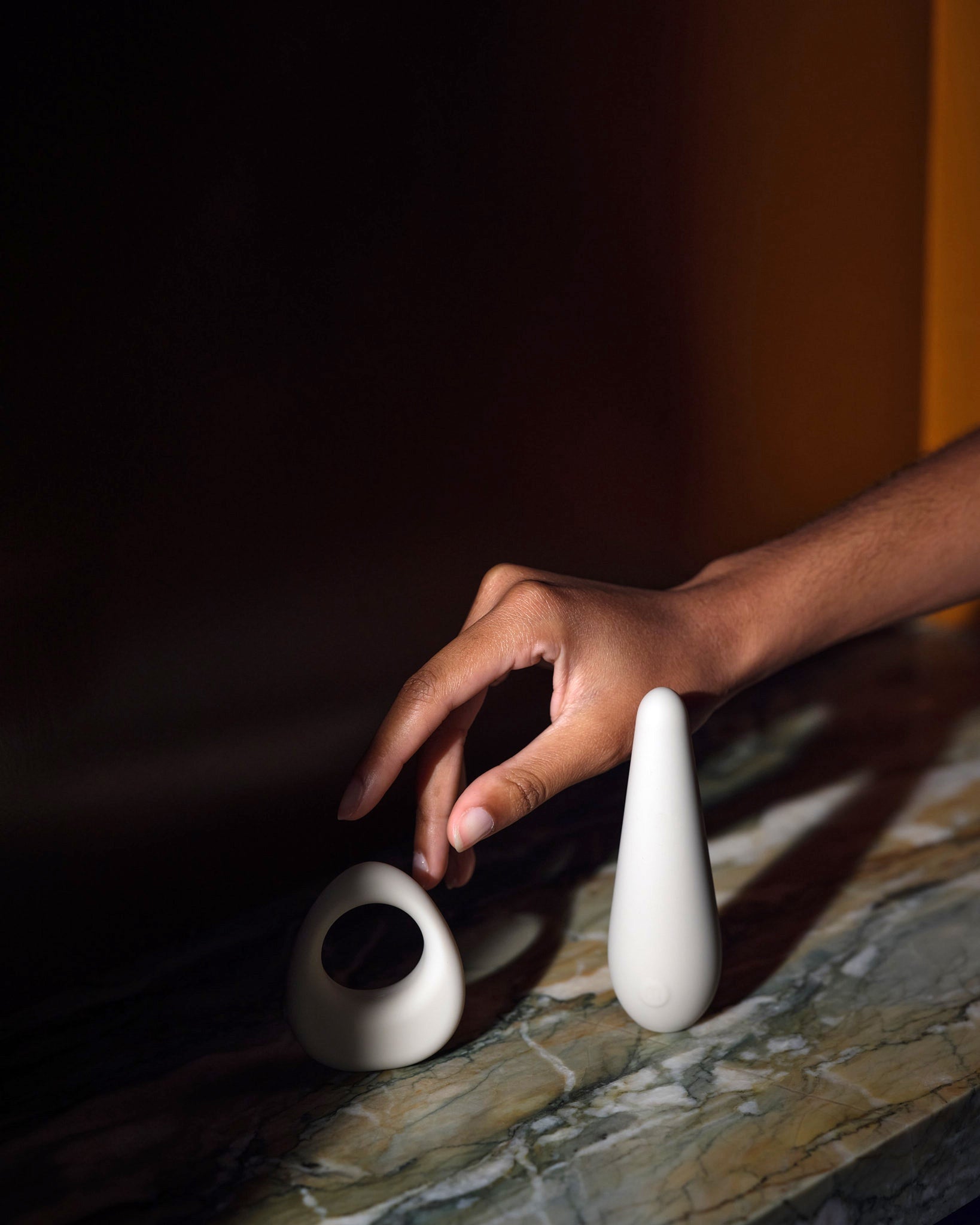Vibrator Brands Are Overcharging You.

The case for making an “add-on” an essential.
$52.7 billion dollars. That’s how much the global market for vibrators and devices is predicted to be valued in just five years, according to the market and consumer data firm Statista. That’s a pretty considerable jump from where we are in 2021—around $34 billion dollars—but there’s plenty of reason for us to expect such an increase.
For one, the same firm reports that in the United States, over half (a considerable 65%) of female consumers own at least one kind of device, and a different survey published in late 2019 found that 69% (make whatever joke you will) of millennials keep one in their stash, too. Clearly, the collective interest in these purveyors of pleasure is strong and is only growing more pronounced. So why does the barrier to entry still feel so high?
It may be because the market is skewed in unnecessary ways: The economics of vibrators—according to that same report from Statista—are all messed up. And that’s why you’ll find all kinds of toe-curling, knee-quivering, back-arching devices with prices not unlike what you would pay for an overpriced salad, along with countless other contraptions that boast similar buzzing bandwidth, yet come in packages that cost upwards of $100.
“I was looking at these cheap products that were made with plastic that cost about $20, and then others that are made with the same kind of materials as the vibe, and those were priced around $100,” Maude founder Éva Goicochea says. Here was the disconnect.
For anything that’s priced too low, there is an unseen cost—some cheap plastics (including those in budget vibrators, dildos, and more), contain potentially harmful ingredients like phthalates, which are endocrine disruptors that can affect reproductive function, among other risks (some studies have linked them to certain cancers, though more research is needed in this regard). Sure, many phthalates are banned in children’s toys in the United States, but the same consideration isn’t made for the 18+ crowd. In the U.S., devices are largely unregulated.
This means it is up to the producer to create a safe—and fun—product, which means it will have a higher production cost than the option that might run you a mere $15 to $20. But high-quality vibrators don’t have to cost that much more—yet they almost always do. As Goicochea notes, “the margins are huge.” And that has to do more with our cultural categorization of vibrators more than anything.
The reality is, any vibrator, with any amount of innovation, does not cost so much to produce that its price should run upwards of $100—and yet so many do, because these items are seen as a luxury, a treat, and not as an essential tool in any person’s sexual wellness toolbox.




